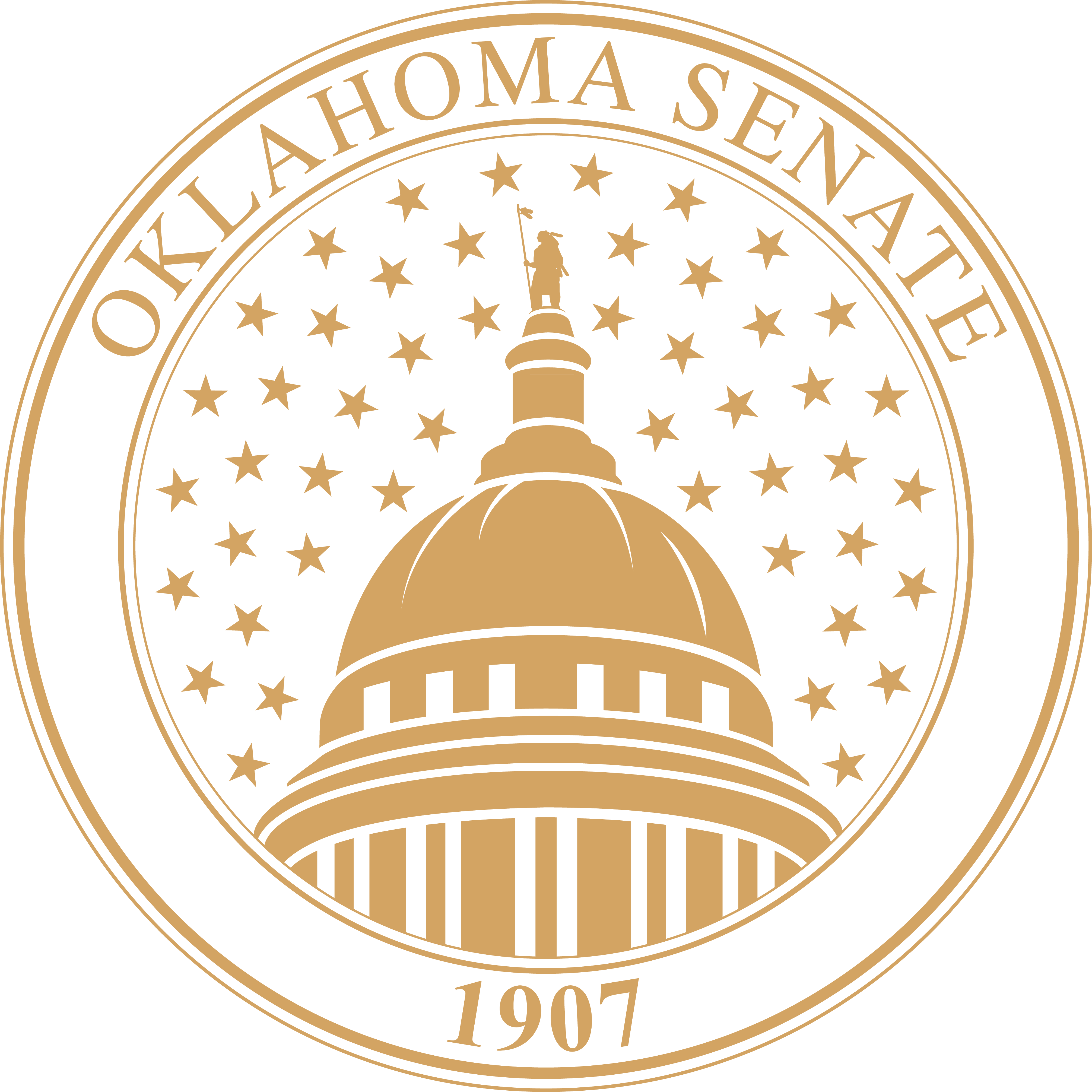Budget Break Down
While education makes up the lion’s share of Oklahoma’s budget, health and human services represents the second largest category. This week, I want to break down some of the important appropriations we’ve made in the Fiscal Year 2023 budget, along with funds we’ve utilized through the American Rescue Plan Act (ARPA) to improve health in Oklahoma.
One of the most impactful budget decisions made in the 2022 legislative session was our vote to completely eliminate the state’s 13-year waiting list for developmental disability services. For years we’d given modest increases as we were able, of $2 million or so, but frankly it simply was not enough. Last year, for the first time ever, Oklahoma began conducting a complete assessment of how many people were still waiting for services and what it would take to completely eliminate the waitlist. As a result, we appropriated $32.5 million, which will enable us to serve all 5,000 on the waiting list within the next 18 to 24 months. We’ve also increased provider rates to ensure we’ll have the services necessary to meet this critical need. This is going to be life changing for thousands of Oklahomans and their families for years to come.
The need to improve access to mental health services was something that became even more pronounced throughout the COVID-19 pandemic. We’ve included $700,000 for operations costs for the Cohen Military Family Clinic in Lawton. This funding will in turn enable the Cohen Veterans Network to expand their services in Oklahoma and serve even more veterans.
We’ve also increased funding for children’s mental health services, something that’s been so difficult to find that some families have been forced to go out of state for help. We took an important step last year with a $9.9 million appropriation. We added an additional $9.9 million this year and included $7.5 million in ARPA funds toward building additional space for children’s behavioral medicine at Oklahoma Children’s Hospital and we will continue to put money into that. We added $2 million for children in custody of the Department of Human Services to help ensure availability of services for some of the state’s most acutely ill youths.
The budget also includes $3.5 million for the first year’s cost of a three-year plan to add 80 beds at the Vinita Forensic Center, another crucial step toward improving availability of mental health care.
Of course, our nurses have been on the front lines of Oklahoma’s health care for years. We were already facing shortages in this profession before the pandemic. Many have since left nursing altogether. The budget includes $3.5 million for retention and pay raises for nurses at state agencies, including those at the State Department of Health and our veterans centers. We also invested $1.8 million at the University of Oklahoma to admit more students to their nursing program. We’ve added over $60 million in ARPA funds in higher education and CareerTech to further increase the number of nurses in the pipeline.
Last year, following a vote of the people to expand Medicaid in Oklahoma, we began funding that expansion, with a price tag of about $164.8 million. Knowing available federal monies can fluctuate, we also created a Federal Medical Assistance Percentage (FMAP) savings account. That decision really paid off this year after we saw a $30 million reduction in federal funds, which are based on each individual state’s economy. When a state’s economy expands, the federal funds are reduced. That’s what happened to Oklahoma this year, but because we’d begun this special savings account a couple of years ago, we were able to fill in that gap without diverting money from other programs or reducing payments to providers. These efforts and other reforms enacted this session are all aimed at improving health outcomes for Oklahomans.
This year, we partnered with the Cherokee Nation and private entities to expand the optometry program at Northeastern State University in Tahlequah. This school trains most of the optometrists we have in Oklahoma, as well as those now practicing in surrounding states. Our state was able to utilize $15 million in ARPA funding as part of this important cooperative effort to improve eye care.
Another area of concern dealing with health care in Oklahoma was pointed out to me by a citizen from Durant who contacted our office, and that’s our emergency medical services (EMS). Rural ambulances are so important. I realize in our metropolitan areas, they may have agreements with cities or counties, but for rural Oklahoma, finding a way to fund EMS can be a struggle. While EMS services are not a part of our state budget, I believe they need to be a part of our conversation. I’ve visited with people in my own district about this issue and I’ve talked to our federal delegation about possible resources for EMS – it’s something I’m going to look at during the interim.
When you look at health care, it’s important to remember that the better the health of our citizens, the better their lives are, and that impacts all of us. Better health outcomes result in a better quality of life and greater productivity. It absolutely impacts our state’s economy and revenues. I’m proud of the work we’ve done this year to better address a spectrum of health care needs in Oklahoma. It may not be all that we need to do, but I can tell you it’s a great start.
-END-
For more information, contact: Sen. Roger Thompson at 405-521-5588 or email Roger.Thompson@oksenate.gov.
 Oklahoma Senate
Oklahoma Senate

